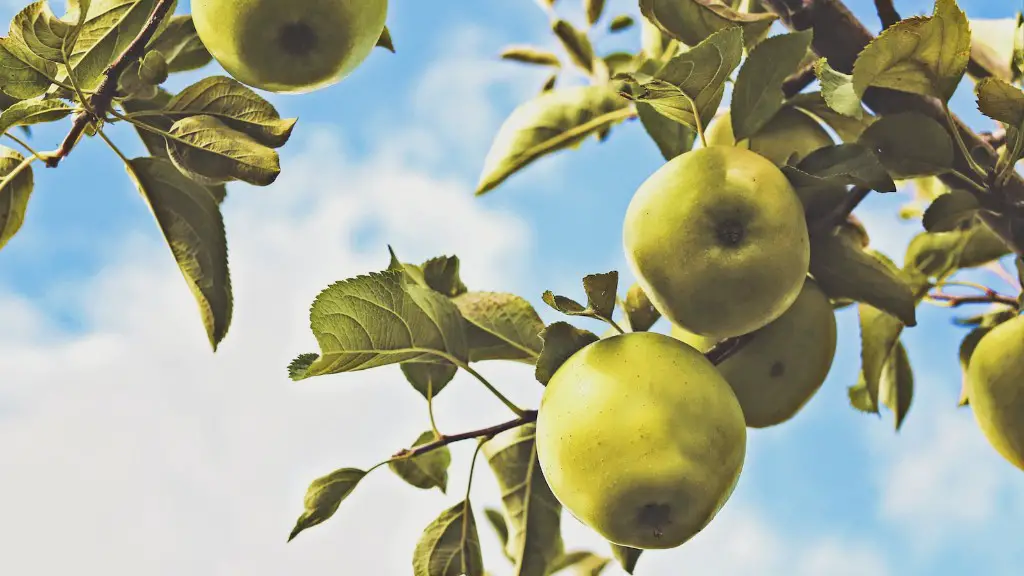Research
Avocado trees (Persea americana) are popular outdoor plants in many subtropical regions, as they are quite resilient and tolerant of environmental conditions in hot and dry climates. However, due to their relative fragility in comparison to other fruiting plants, they can be easily killed off from a lack of watering, improper pruning, or excessive pruning. In order to bring an avocado tree back to life, it is important to understand the basics of its care and how to revive a browning, wilting, or otherwise neglected tree.
Soil
The most important step in reviving an avocado tree is to ensure that the soil is healthy and well-draining. Avocado trees prefer soil that is light and richel, with high amounts of organic material. If the soil is heavy and waterlogged, consider aerating it, or adding sand and compost to improve drainage and root development. It is also important to maintain pH levels between 6 and 7, which can be tested with a soil testing kit.
Watering
Avocado trees thrive in soil that is moist but not soggy. Watering should be done deeply and infrequently when the soil starts to dry out. It is best to provide consistent and deep watering, as shallow and irregular watering can lead to root rot and other issues. Watering should be done at the root zone only, as the leaves do not absorb water. For a large tree, one inch of water per week is enough.
Pruning
Pruning is essential for reviving a wilted or brown avocado tree. Firstly, remove any dead or diseased branches to prevent further damage and spread of illness. Secondly, prune back any old wood that is no longer producing new leaves. Lastly, prune away any branches that are crossing or blocking light from the center of the tree.
Fertilization
Fertilization is important for avocado trees, as they require nitrogen and other essential nutrients to thrive. Fertilize once or twice a year, in early spring and late summer, with a nitrogen-rich fertilizer tailored for avocado trees. Be sure not to overfertilize, as this can burn the roots and lead to further damage.
Light
Avocado trees will generally tolerate a range of light conditions, but they prefer bright indirect light. Plant your tree in a spot that receives six to eight hours of light per day. Full sun is fine but may scorch younger trees. If you find your tree is not producing fruit or growing well, try adjusting the environment to increase the amount of light.
Temperature
Avocado trees can tolerate temperatures of up to 100 degrees Fahrenheit and can survive a light frost. They are hardy and resilient, and provided the environment is well-draining and fertilized, the tree should be able to thrive.
Pests and Diseases
It is important to monitor your avocado tree for pests and diseases that can affect its health. Common pests include aphids and scale, while diseases such as root rot, canker and black spot can be prevented with proper watering, aeration, and pruning practices.
Propagation
Propagation is a great way to revive an old or neglected avocado tree. Cuttings can be taken from existing trees, or existing branches can be grafted onto other trees. Grafting is a process in which a piece of the parent tree is attached to the top of a new, unrelated sapling. This process can help to quickly revive an avocado tree and stimulate new growth.
Protection From Frost and Animals
In cold climates, it is important to provide protection from frost and animals. For frost protection, wrap bubble wrap or a frost cloth around the trunk and canopy in order to insulate the tree. For animal protection, build a fence around the tree or use a sprinkler system to keep away hungry creatures.
Fruit Harvesting
Harvesting fruit from avocado trees is easy, and should be done in the early morning, when the fruit is still cool and firm. Pick only the fruits that are fully ripe, as unripe fruit can be bitter and unpalatable. It is important to leave some unripe fruit on the tree, as this will help to stimulate new growth.
Transplanting
When transplanting an avocado tree, it is essential to ensure that the soil is well-draining and the new location has adequate light and water. Prepare the soil with compost and sand, then slowly and carefully dig up the pot and place the tree in the prepared soil. Water deeply, mulch around the base, and wait for the tree to settle in before pruning and fertilizing.
Tools and Accessories
When bringing an avocado tree back to life, there are a few tools and accessories that can help. Watering wands are useful for deep watering, while pruning shears and lopping shears will help to keep the tree in shape. A moisture meter is helpful for testing the soil moisture levels, while a pH soil testing kit can help to ensure the soil has the correct pH.
Replanting
Replanting is the final step in bringing an avocado tree back to life. Choose a pot that is one size larger than the existing one and fill it with lightweight, well-draining potting mix. Gently transfer the tree into the prepared pot and water deeply. Add mulch around the base to prevent weeds and give extra protection from the elements.
Conclusion
Reviving an avocado tree is a challenging but rewarding undertaking. By following the above steps and taking into account the tree’s needs for water, soil, sunlight, and pruning, you will be well on your way to growing a healthy and productive avocado tree.


